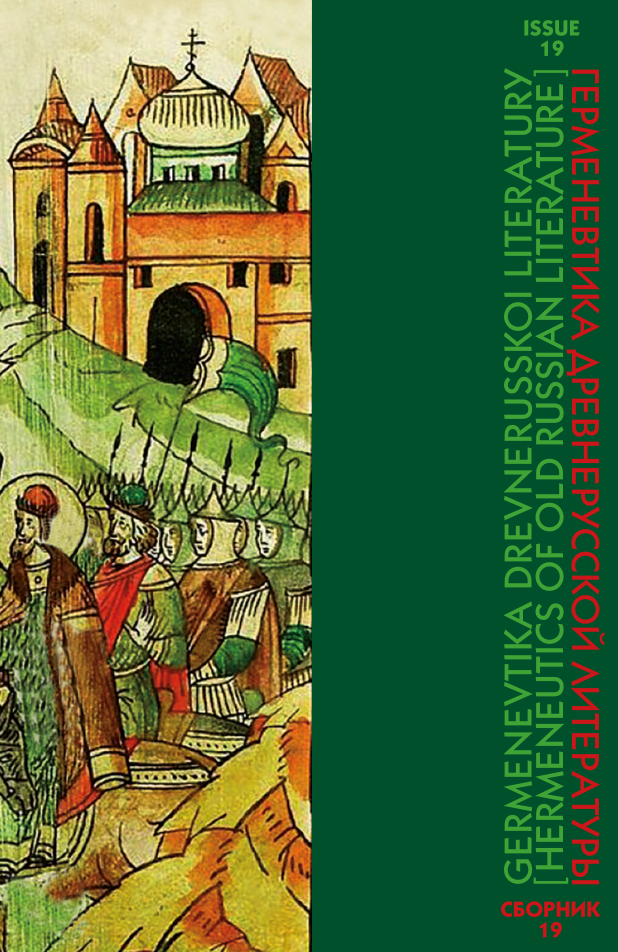Abstract:
The article focuses on the problem of inconsistencies in Eze 27:7. The variation in biblical passage arises from the polysemy in the Masoretic text, which has contributed to the development of a large number of variations in translations. The relevance of the article lies in the fact that there are several versions of the verse in Russian, and therefore the task of textual criticism is to establish the genesis of each of them. The author draws attention to the fact that for a comparative study, data from Latin, Syriac and Slavic translations were used. In the course of the research, the author comes to the conclusion that all translators, referring to the studied verse, used overtone translation, and the chosen correspondence of Hebrew words נֵס and מְָפרש was the subject of exegesis, since the translation equivalent corresponded to the image that the author of the translated text imagined. So, in the word מְָפרש in all meanings there is a general idea: it denotes a kind of stretched textile. But what kind of fabric it was depends on the interpretation. Translators from the Hebrew text believe that Eze 27:7 refers to the sail. St. Jerome was the first to reflect this in his translation. The translators following the Septuagint believe that this is linens, while the Syrian translator used the word “decoration” or “clothing,” having seen in the passage a description of the luxurious clothes of inhabitants of Tire.
REFERENCES
1 Lopukhin, A.P. Tolkovaia Bibliia. Vetkhii Zavet. Iezekiil’. [Commentary on Holy Scripture. Old Testament. Commentary on Ezekiel]. Available at: https://bible-teka.com/lopuhin-bible/26/27/ (Accessed 12 April 2022). (In Russian)






